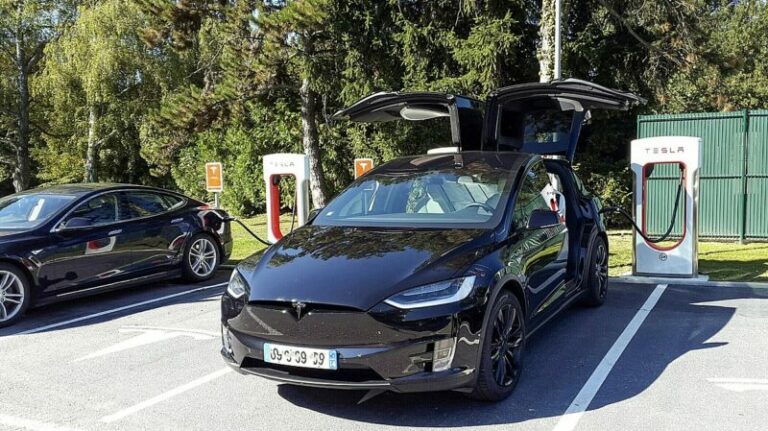
For the first time, the International Energy Agency (IEA) has set out what would need to happen this decade to reach net zero emissions globally by 2050.
In its World Energy Outlook (WEO) report published on Tuesday, the IEA said global emissions must fall by 40% by 2030 on the path to 2050 carbon neutrality.
This would involve large scale investment in renewables and electric cars, behaviour change and innovation in new technologies like hydrogen.
Under the net zero scenario, coal use plummets to provide only 6% of the world’s electricity by 2030, unless fitted with carbon capture and storage technology. By the end of the decade, 500 GW of solar power capacity is added each year. In 2019, 110 GW was built and the world’s biggest solar farm is 2.2GW.
A third to a half of homes should be retro-fitted to save energy and more than half of passenger cars should be electric in 2030 on a path to carbon neutrality.
The report said that governments, not individuals, are most responsible for action. But it said individual changes like flying and driving less would be an “integral part” of reaching net zero.
The IEA decided to model net zero by 2050 after several countries unilaterally committed to the target. They include the UK, France, Canada, Chile, South Africa and South Korea.
The report stressed the world reaching net zero by 2050 was a very ambitious target. “A large number of unparalleled changes across all parts of the energy sector would need to be realised simultaneously, at a time when the world is trying to recover from the Covid-19 pandemic,” the report said.
Even the changes needed to reach net zero by 2070 are “far greater than many realise”, it added.
It chose net zero as the focus rather than 1.5C, the toughest global warming target in the Paris Agreement, seen as essential to the survival of some small island states. Even if no more fossil fuel infrastructure were built, continuing to run existing plants would lead to warming of 1.65C above pre-industrial levels, the report said.
Guest post from Climate Home News





